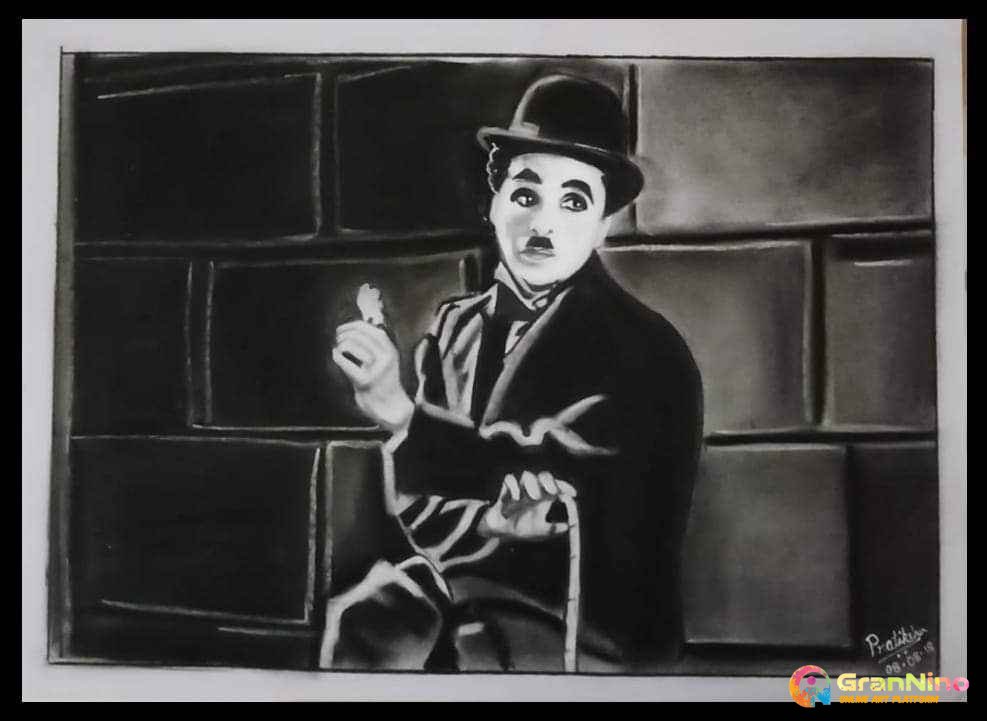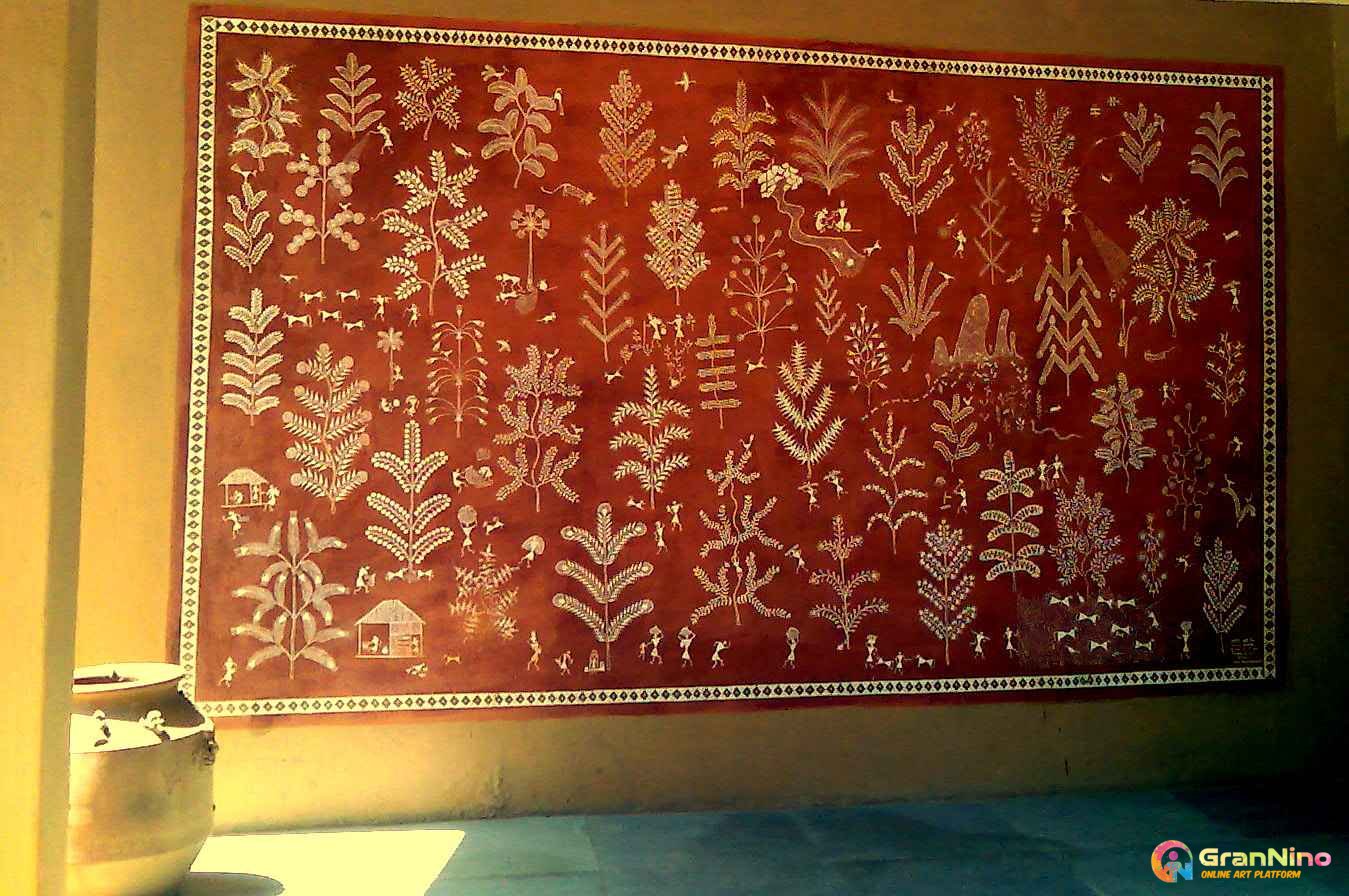Difference Between Acrylic and Watercolor
The acrylic painting was invented by Otto Rohm and introduced around 1934 by Leonard Bocour and Sam Golden. Later it was used by most famous artists like Andy Warhol, David Hockney, Robert Motherwell.
On the other hand, Watercolor is also a fast drying water soluble color, but its drying time is comparatively lower than the acrylic painting. Watercolors painted with water-soluble color inks instead of modern watercolors are called aquarellum atramento.
Watercolor paintings are very ancient, probably originating from Europe's Paleolithic Age. Its history as an artistic medium, on the other hand, stretches back to the Renaissance, almost at 15th century. Albrecht Dürer, a Northern German Renaissance painter known for his stunning watercolors of flowers, animals, and landscapes, is widely regarded as one of the founding fathers of watercolor painting. Hans Bol founded an influential watercolor painting school in Germany during the Dürer Renaissance.
On the contrary, watercolor paints are made up of four major ingredients such as glycerin, bovine bile, honey, and preservatives to vary the viscosity, concealing power, stability, or color of the pigment carrier mixture; and evaporating water as a solvent used to reduce thickness of the paint before to application.
But, Watercolors are made up of pigments and binders that are water soluble, therefore if it comes in contact with water the paint mixture will expand and creates a blurred out or fuzzy effect. One of the most appealing features of watercolor is the ability to achieve transparency and shine in the painting by just adding layers. Watercolors can be used by artists to produce one-of-a-kind paintings that creatively express your imagination.
In opposition, The saturation of the watercolor painting can be improved just by applying multiple layers, or by using watercolor stainers, like prussian blue and watercolor binders.
Although, Watercolor paper is the most common and traditional carrier medium (the surface on which the paint is applied) for watercolors. Papyrus, bark, plastic, parchment, leather, fabric, wood, and watercolor canvas (coated with gesso specially developed for watercolors) are some of the other supportive mediums for watercolor paintings.
Acrylic colors used by professional artists are created and designed to resist chemical reactions from exposure to water, ultraviolet light and oxidization. Although acrylic paints are non-toxic, it is not recommended that they be applied directly to the skin because some of the pigments can be toxic. If the acrylic paint gets on your skin, it could irritate it. Acrylic paints are not meant for this purpose; instead, use special face paints.
Instead, Tube and pan watercolors are the two types of commercial watercolors available today. Because they are already blended with specific water elements, most paints offered now come in typical, collapsible metal tubes and have a viscosity comparable to toothpaste. This paste must be diluted with water before use. Pan paint comes in two sizes: entire pans and half pans.
When watercolor paint comes into contact with skin, it is generally considered safe. But, if you have sensitive skin or are allergic to certain chemicals, you may experience irritation or rashes. If this is the case, always read the ingredients before purchasing any watercolor paints.
Yet, Watercolor is absolutely safe because it is often made of non-toxic pigments and binders. However, some of the binders used in painting are derived from the proteins and fats of animals, making some of them non vegan.
Article Details
Publish Date: 12/12/2021
Related Tags:
acrylic acrylic color acrylic painting ideas acrylic for beginner acrylic painting ideas watercolor latex painting watercolor painting idea latex color painting
Advertise Here Contact us

SUBSCRIBE TO OUR NEWSLETTER
Most Asked Questions:
- Q. How history is influenced by Acrylic Painting ?
- Answer: Acrylic Painting is a fast drying water based painting used by most artists. The acrylic painting was invented by @Otto Rohm@ and introduced around ....Read More
- Q. What is used to make Acrylic Painting?
- Answer: The acrylic paints are made by suspending pigments in water soluble acrylic resins or acrylic polymer emulsion and plasticizers, silicon oils, defoame...Read More
- Q. How is the popularity of Acrylic Painting among Artists ?
- Answer: Moreover, The acrylic paint can resist heat better than other types of paints. The beauty of using acrylic paint lies in its ability to give both tran...Learn More
- Q. Explain the difference between Acrylic Painting and Tempera ?
- Answer: Tempera is a water soluble and fast drying painting medium, used long before the modern oi......, On the other hand, Acrylic Painting is a fast drying water .... Know More
- Q. Where can I buy Acrylic Painting (on Canvas) without commission?
- Answer: If you are looking for best Acrylic Painting for commission free purchase, you can check here.
- Q. How to sell Acrylic Painting online?
- Answer: If you are looking for best place to exhibit and selling Acrylic Painting , you can try GranNino. GranNino provides free art exhibition and commission free art selling.



















